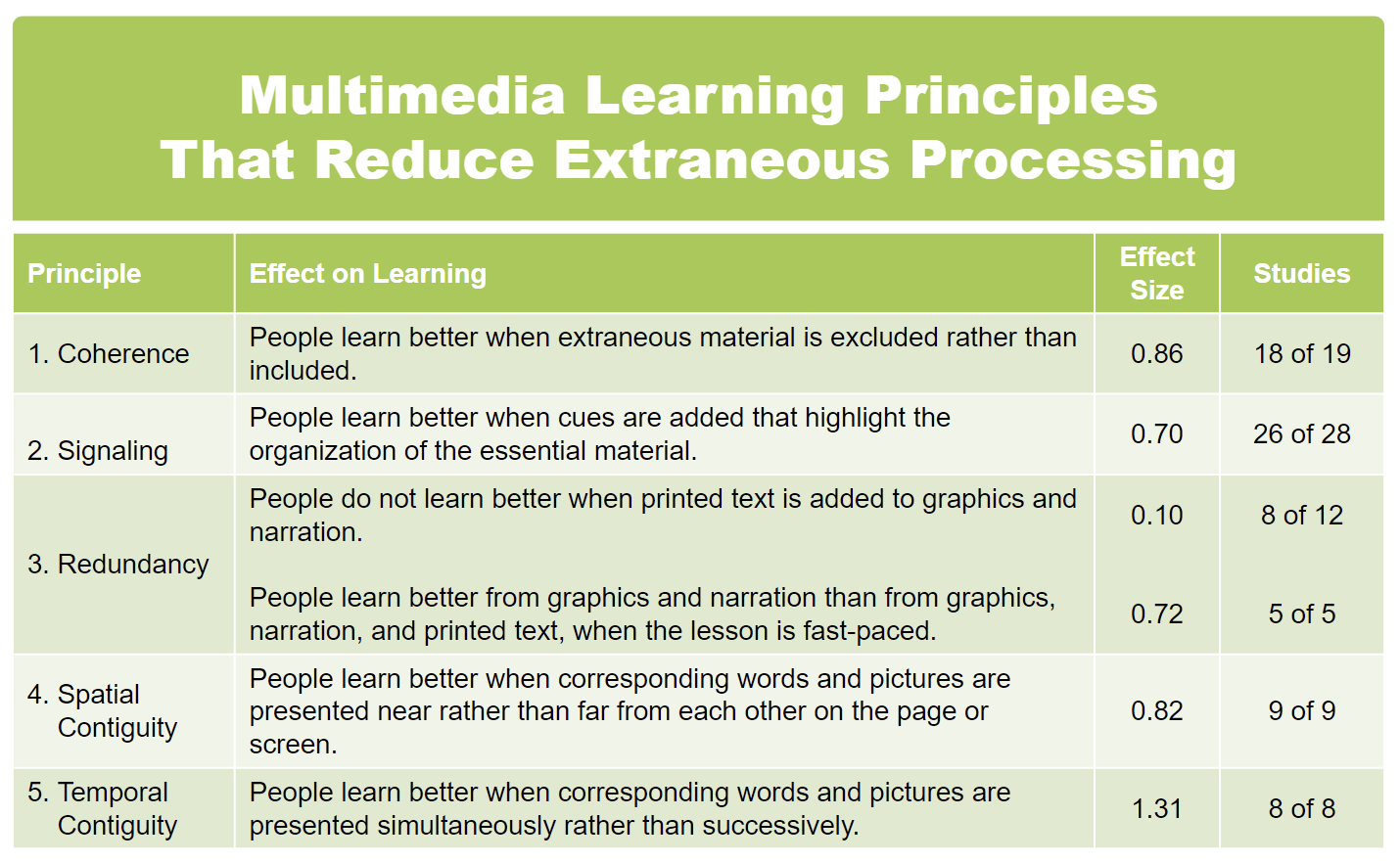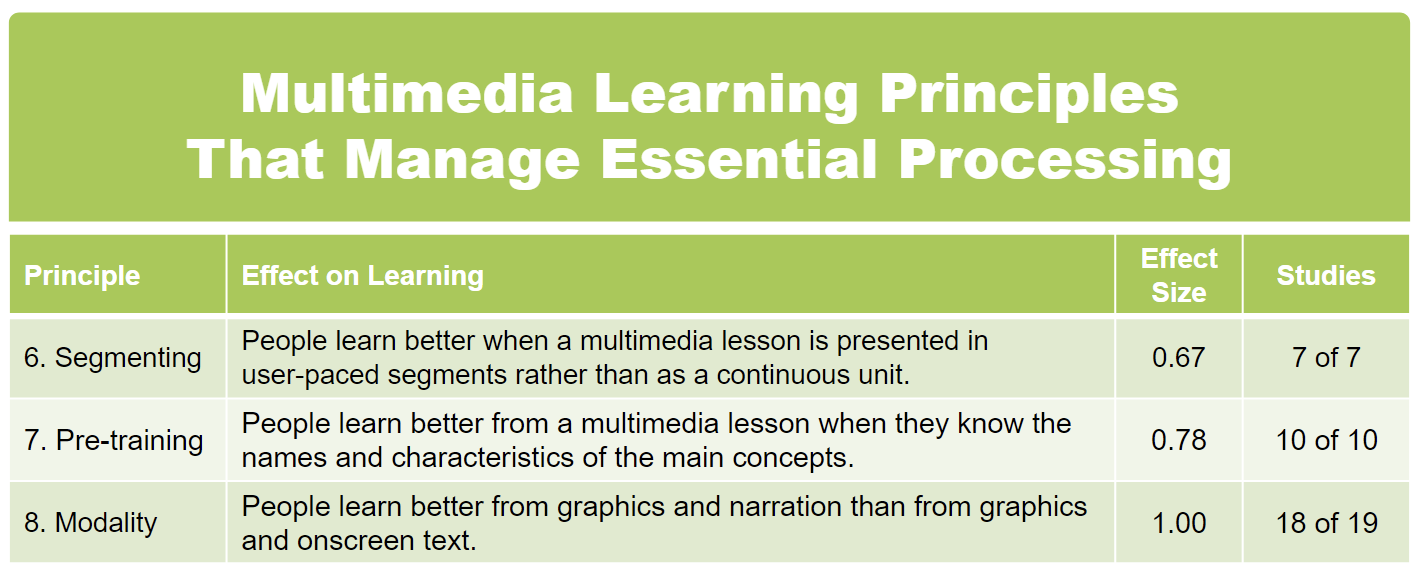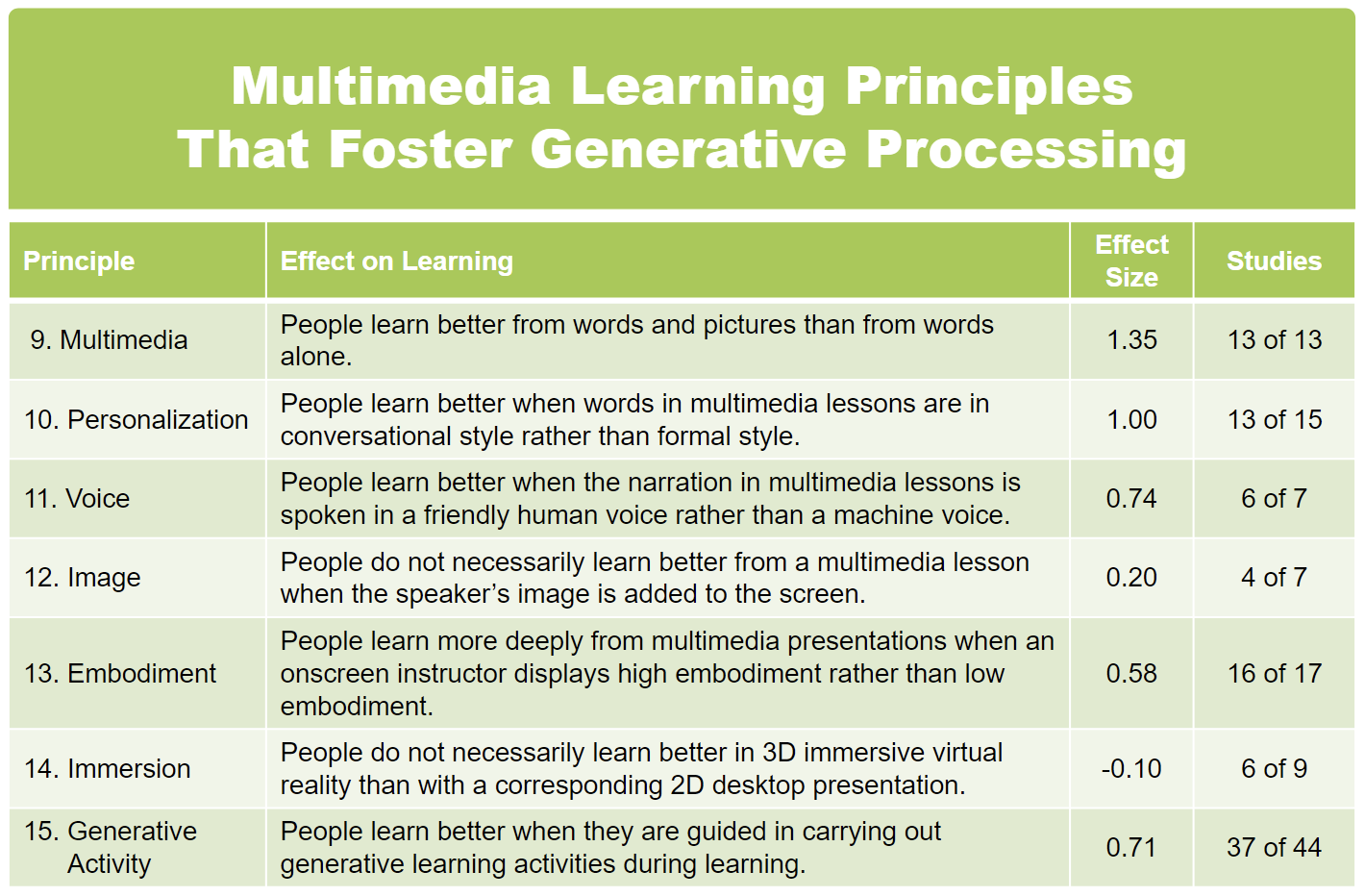Educational Technology Foundations
Module 7: Learning Theory
Understanding how people learn is essential to making effective use of technology. A book by that title was commissioned by the National Research Council. You can order from Amazon a printed copy of How People Learn, or you can read it freely online.
You will probably not have time to read this entire book right now, but all of you should endeavor to read its first chapter and reflect on its three guiding principles:
- People learn by connecting new information to concepts already learned.
- To learn how to reason, solve problems, and augment knowledge in a field of inquiry, people need to understand facts and ideas in the context of a conceptual framework that facilitates application to real-world problem solving.
- People are motivated to learn when they can set their own goals, reflect on their progress, and feel in control of their learning.
From these principles, it follows that learning environments will be effective when instructional designs:
- take into account the learnerís preexisting understandings and correct any faulty preconceptions in order to prevent future misunderstandings;
- enable students to study multiple examples of the concept at work in order to learn it in depth in authentic contexts; and
- include metacognitive supports that make visible the learnerís reflections and enable an instructor to provide scaffolding and guide revisions to improve student learning and reasoning.
Technology Integration
After presenting what is known about the science of learning in Chapters 1-8, the book How People Learn devotes Chapter 9 to the use of technology to support learning. Chapter 9 identifies the following five ways of using new technologies:
- Bringing exciting curricula based on real-world problems into the classroom.
- Providing scaffolds and tools to enhance learning.
- Giving students and teachers more opportunities for feedback, reflection, and revision.
- Building local and global communities that include teachers, administrators, students, parents, practicing scientists, and other interested people.
- Expanding opportunities for teacher learning.
Educational Technology Models
In the book National Educational Technology Standards for Teachers; Preparing Teachers to Use Technology, ISTE identifies the following four model strategies for integrating technology into teaching:
- Web-based lessons
- Multimedia presentations
- Telecomputing projects
- Online discussions
Universial Design for Learning
Universal Design for Learning: Theory & Practice is a book written by Anne Meyer, David H. Rose, and David Gordon. Published in 2014, this book is the result of research by the Center for Applied Special Technology (CAST). The idea is that the use of technology can be used to transform the nature of the curriculum itself. There is a freely available Web edition that has links to information regarding universal design for learning (UDL), which utilizes a systematic approach to setting goals, choosing or creating flexible materials and media, and assessing students.
Multimedia Learning Principles
Printed below is a list of multimedia design principles from the latest edition of Richard Mayer's excellent book about multimedia learning. As the nation's pre-emiment professor of educational psychology, Dr. Mayer has spent three decades conducting this research along with his talented graduate students at the University of California at Santa Barbara. Now in its third edition, you can get a copy of Dr. Mayer's book either in print or in Kindle e-book format by following this link to its Amazon web page. Do be sure to get the latest edition because the older editions are still being sold there at Amazon.




